Search
Products tagged with 'mercaptan'
View as
Sort by
Display
per page
07565 Effect of Mercaptans and Other Organic Sulfur Species on High Temperature Corrosion in Crude and Condensate Distillation Units
Product Number:
51300-07565-SG
ISBN:
07565 2007 CP
Publication Date:
2007
$20.00
Low H2S High Temperature Sulfur Attack in Refining Hydrotreating Processes
Product Number:
51320-14626-SG
Publication Date:
2020
$20.00


